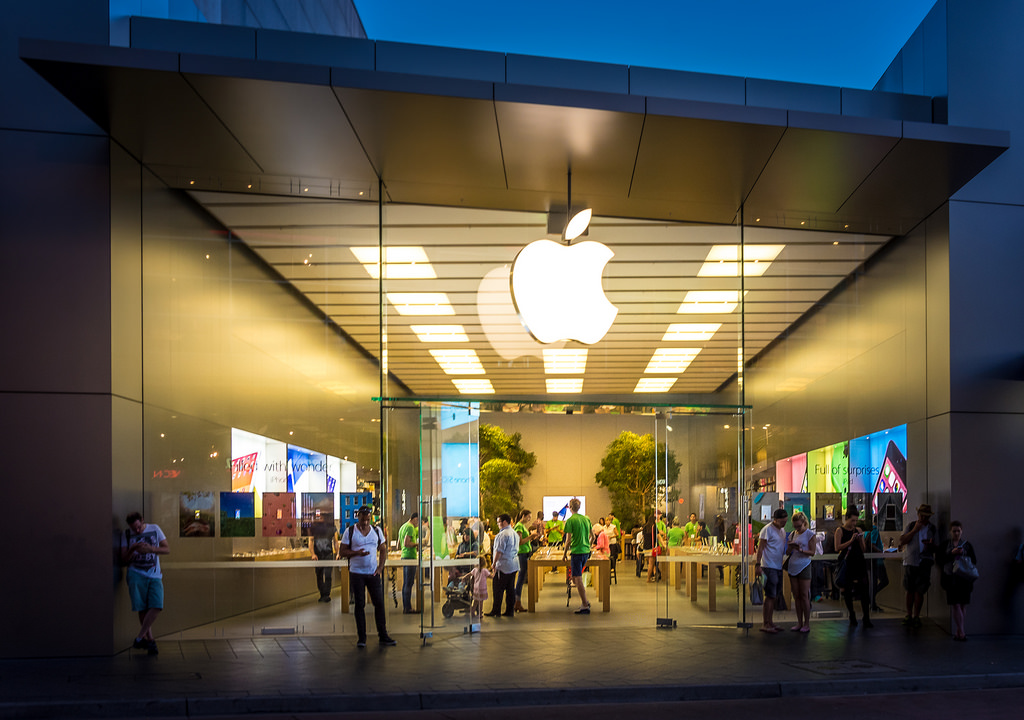
Two Keys To Creating Unforgettable Customer Experiences, In Any Physical Environment
August 5, 2016 by guest author, Michal Lisewski
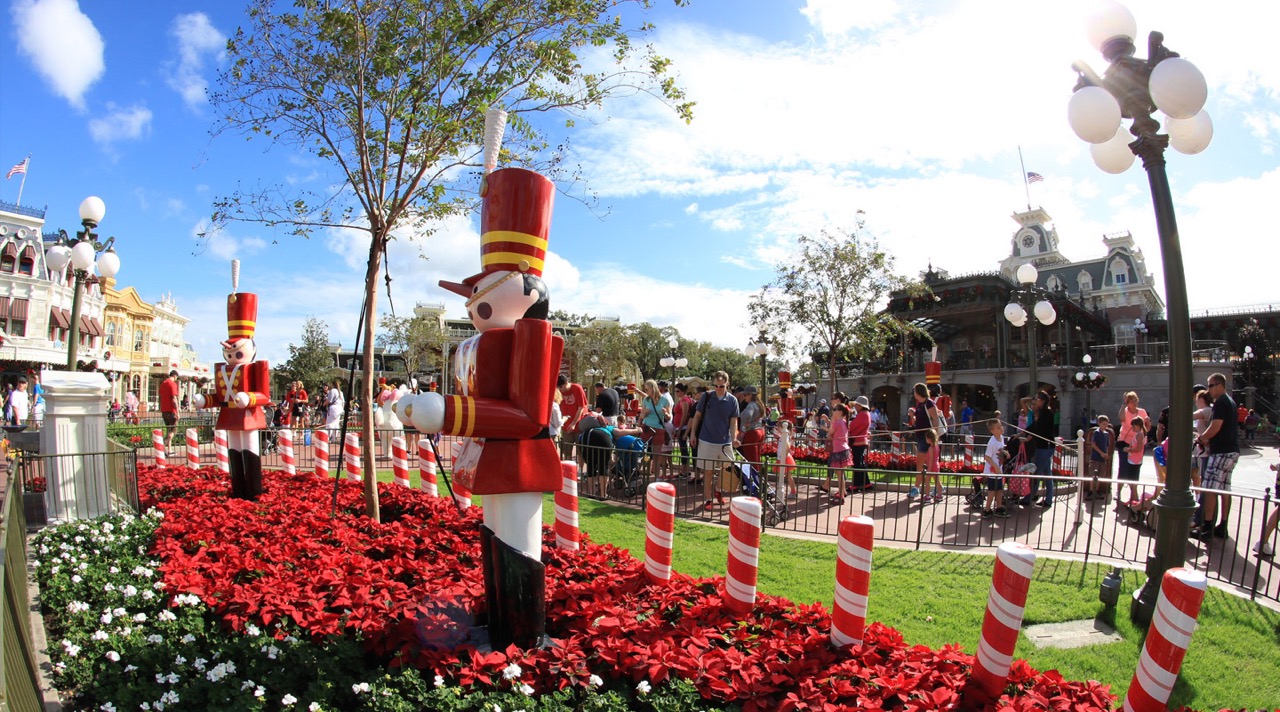
Guest Post: Jeff Dumo, Array Interactive
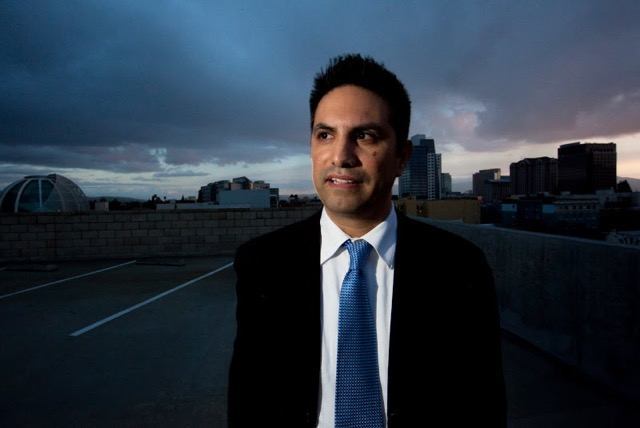
Jeff Dumo
For the last seven years, my company has focused on creating digital experiences within physical environments to connect people and brands. In each case, custom content was powered by digital signage display systems, video walls, gestural systems, reactive and interactive installations, and other digital touch points. Some have been purely functional while others have been entirely inspirational.
While you might view what appeared on each screen or how it was consumed technologically as most important, we see it as just a part of what makes the entire customer experience and journey successful. Whether you’re deploying content to digital signage, the latest transparent OLED screen, multi-touch installation, or other display technology, you must consider two additional, interdependent factors with digital technology and content:
1. The configuration and design aesthetic of the environment
2. How and what you want people to feel
1 – Well Designed Environments Greatly Influence Positive Customer Feelings
Imagine if the first time you walked into Disneyland many of the garden plants were dry, their leaves shrivelled from lack of watering, or the buildings on its famed Main Street were faded, in great need of a fresh sanding and a coat of paint. What would your impression be? How would you feel? Disappointed? Short changed or slighted? And how would you feel about the brand? Perhaps that Disneyland is a second or third-class theme park?
We know, of course, that this is in not the case as Disney remains one of the most visited places in the world with approximately 18.28 million guests in 2015 alone. So what’s their secret? The answer can be found in the company’s meticulous focus and reverence for the design of their spaces. Their founder, Walt Disney, understood that the configuration and design aesthetic of their environment directly correlated with how their guests felt about their experience.
As Bruce Jones, Senior Programming Director at the Disney institute says: “Walt Disney was exceedingly aware of the signals a setting could send. He would insist on changing the texture of the pavement when entering into a new area of Disneyland because he said, ‘You can get information about a changing environment through the soles of your feet.’ ”
For Disney creating an experience meant that every environmental design detail had to be addressed. It wasn’t just about creating a new ride. Lots of carnivals were doing that at the time. Part of his genius was understanding that every element, when thoughtfully designed, had a profound influence on how people felt.
The same is true when integrating digital content and technology into corporate spaces, retail environments, transportation hubs, event venues, and the myriad of other places and spaces where digital content and installations are used. The critical mistake brands make is believing that the cool touch interactive screen, cool animation, ultra fin-pitch LED screen, and other technology and content types create the totality of the customer experience.
When this approach is taken, the brand is simply creating just another new ride rather than delivering an unforgettable customer experience.
Disney has been using this experiential formula for decades with great success. So shouldn’t we consider it and follow suit when conceiving, designing, and constructing our own spaces? Digital technology and content are powerful tools when thoughtfully designed as a thematic part of the environment.
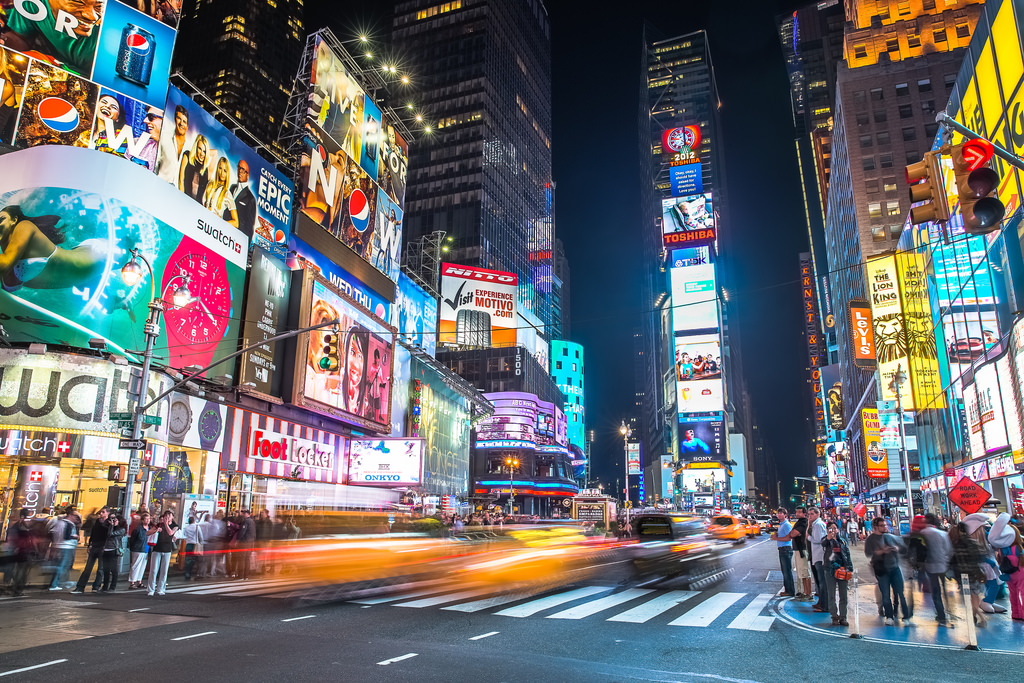
2 – Making People Feel Good – The Key to Connecting A Brand and Audience
I will never forget my first visit to Times Square in New York City. I had seen it many times during Dick Clark’s annual New Year’s TV specials. But seeing it on TV is much different than experiencing and feeling it in person. It’s not one particular billboard display that makes this destination special. Rather, it’s all the massive screens together vividly displaying content in a chaotic, but somehow visually pleasing, strangely cohesive rhythm, that makes being there such a feel-good experience.
One New York native noted that “If there wasn’t these lights it would be nothing, just another block.”
There’s a definite truth to his statement. But it’s also the street musicians, the Broadway shows, the smell of hot dogs, distinct steam rising out of the man holes, the visiting foreigners, silly characters, and other surprising elements that make this a one-of-a-kind, multi-sensory experience. These things collectively make Times Square a fun attraction and why an astonishing 50 million people visit every year!
People want to feel happy. That’s why creating a positive moment of engagement—or a positive experience—is the bullseye when attempting to craft a successful customer experience. People cherish positive events and often remember them vividly. Positive moments create lasting connections between people and places and in the context of business and marketing, connect us meaningfully to brands. It’s one of the reasons I love New York so much.
Several years ago, my wife and I were visiting the city and while there, experienced a revitalization and renewal in our marriage. That positive memory is forever linked to the Big Apple, correlating directly with my fondness for the city, and my longing to always return.
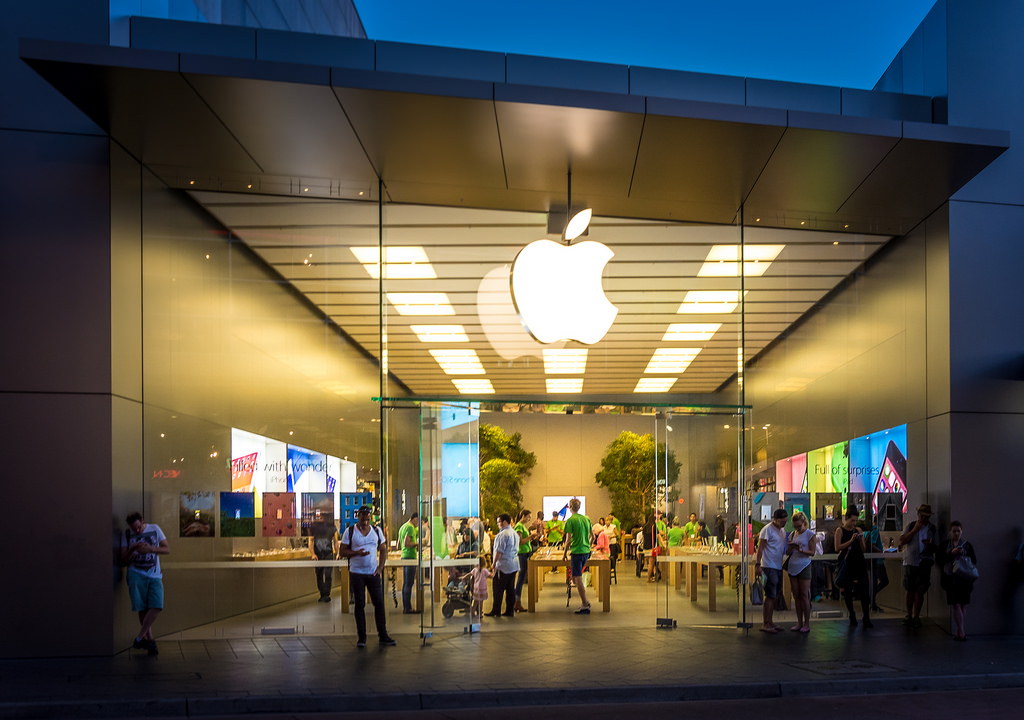
Apple Aims to Make You Fall in Love
When creating a customer experience in an environment, consider carefully how you want people to feel. What are the one or two things that you want them to take away from their experience with your brand?
Apple considered the design of their retail stores – “[Steve Jobs] … wanted consumer heavens in which everything, from the space to the body language of the salespeople, is carefully designed to work people into buying a brand, its products and “happiness.”
The Cupertino corporation used the stores to create an image of perfection and style, one that they couldn’t create through advertising or TV. The store’s experience was meticulously calculated and fine-tuned to make people fall in love with the company and its products, transmitting the idea of the Apple brand in every single detail.”
Did you see that? Apple wants to make people fall in love. They defined specifically how they wanted to make people feel. They didn’t build a computer showroom. That would just be a new ride. They created an environment where people would feel something powerfully positive. Many initially criticized their decision to build in retail. However the stores are now part of the brand’s historic revitalization and exponential growth.
Conclusion
Disneyland, Times Square, and Apple retail stores all have certain things in common. They each have successfully manufactured and cleverly packaged powerful, positive customer experiences and they each have created a meaningful connection with people to their respective brands within the context of a physical space. In the case of Disneyland and Apple, the customer experience and journey itself was meticulously thought through, creating great financial benefits, as well as, brand loyalists and evangelists.
Looking carefully at how an entire space is designed and how it influences the way people feel is critical to the customer experience. So when you’re starting from the ground up, we hope you will take these two factors into consideration. And if you are thinking about adding an expansive video wall, new innovative display technology, interactive or reactive installation, or other emerging technologies in your space, consider carefully if it will elevate the customer experience or detract from it. Don’t build just a new ride. Build an experience. Around my company, we believe the experience is everything.
Times Square pic
photo credit: My favorite 12 of 2012: #4 via photopin (license)
Apple store pic
photo credit: BONDI APPLE via photopin (license)



Leave a comment